Associated Projects

ACES (ALMA CMZ Exploration Survey) (Investigador Principal: Steven Longmore)
ACES, the ALMA CMZ Exploration Survey, is a "Large Program" project that involves studying the **Central Molecular Zone (CMZ)**, covering the inner 100 parsecs (300 light-years) of our galaxy, using the ALMA telescope. This project was approved in Cycle 8.
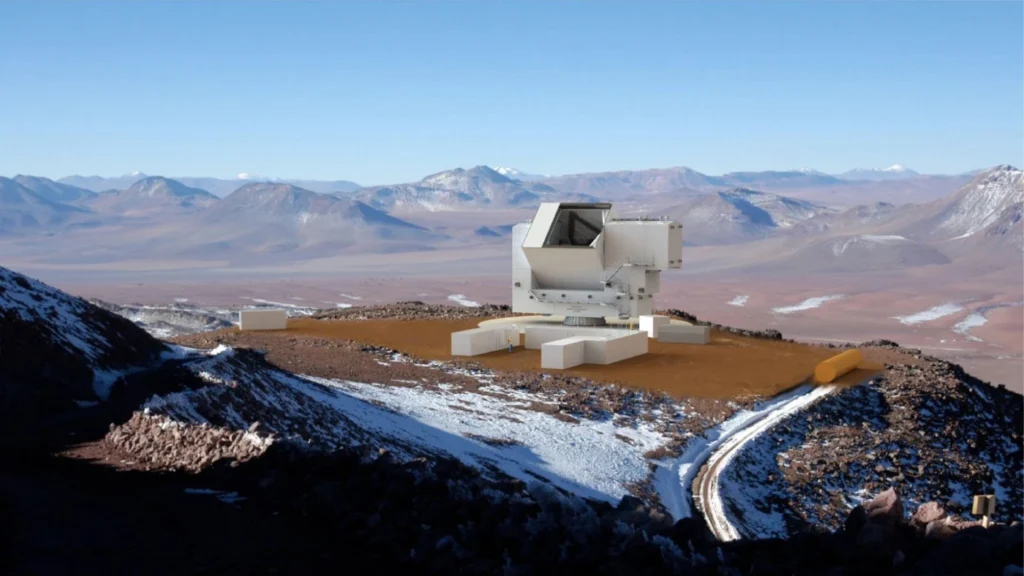
CCAT – A new submillimeter telescope at an exceptional site
The Fred Young Submillimeter Telescope (FYST) will be a 6-meter diameter telescope located in the Atacama Desert in Chile, at an altitude of 5,600 meters (18,400 feet) above sea level.
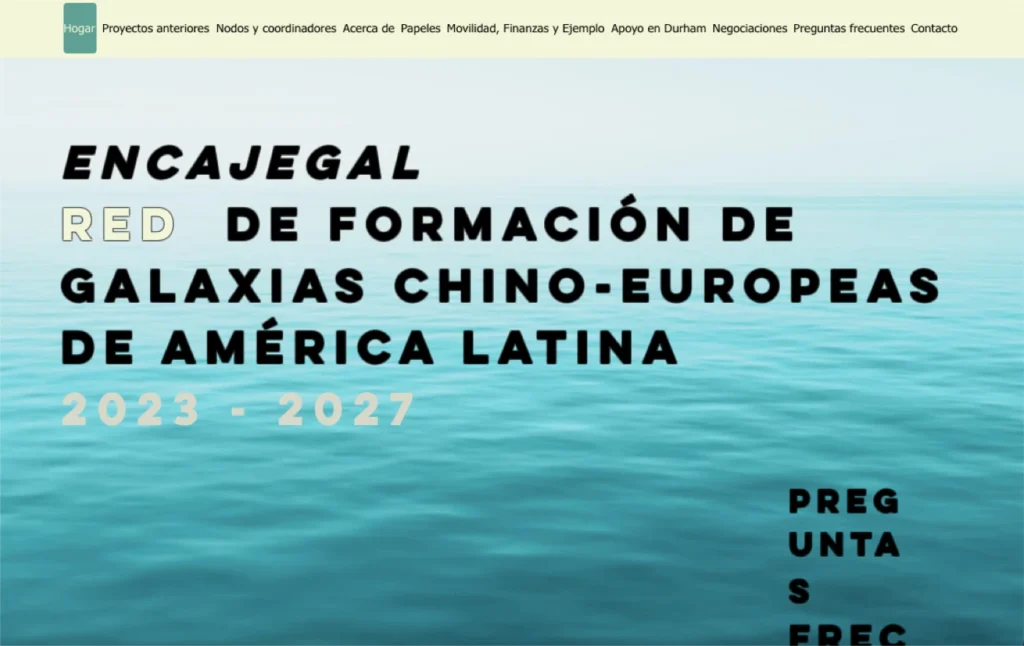
LACEGAL - Training Event
Astronomers have taken a significant step in understanding the phenomenon of cosmic jets. By analyzing data from a protostar obtained with the VLA-NRAO, they have been able to observe the interior of a powerful jet and map its magnetic field structure in 3D.
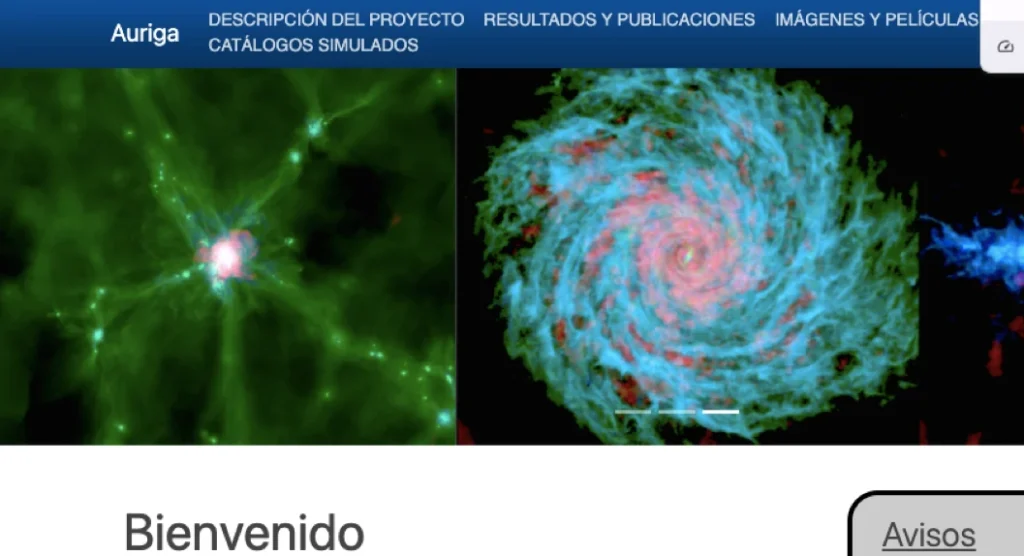
Auriga
Auriga is an astronomical project focused on using computer simulations to understand the formation and evolution of spiral galaxies like the Milky Way. It simulates the physics believed to be crucial for star and galaxy formation from moments after the Big Bang to the present day. Then, we observe how it evolves…
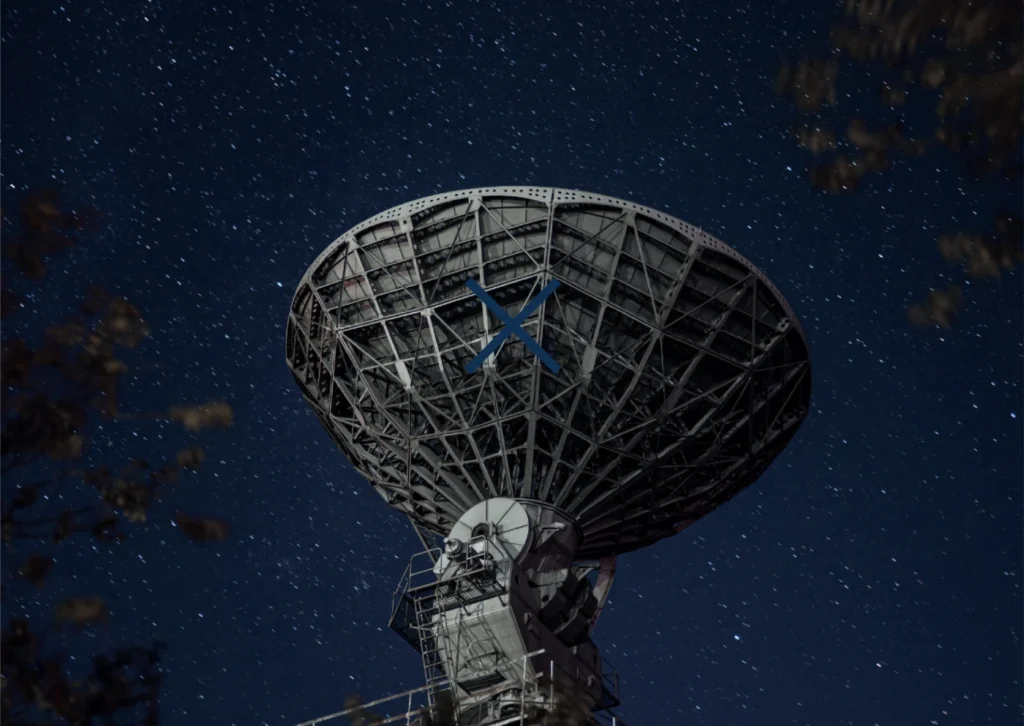
CATA - Centro de Excelencia en Astrofísica y Tecnologías Afines CATA
The Center of Excellence in Astrophysics and Associated Technologies (CATA) is a scientific and technological entity dedicated to frontier research in astronomy and its related technologies. It is also the largest scientific effort led by astronomers in Chile in this field. CATA brings together a multidisciplinary group of professionals developing seven areas…

SDSSV - Pioneering Panoptic Spectroscopy
SDSS-V is the first facility to provide all-sky, multi-epoch optical and infrared spectroscopy, along with contiguous integral field spectroscopic coverage of the Milky Way and local volume galaxies. This panoptic spectroscopic survey continues SDSS’s strong legacy of groundbreaking data and infrastructure…
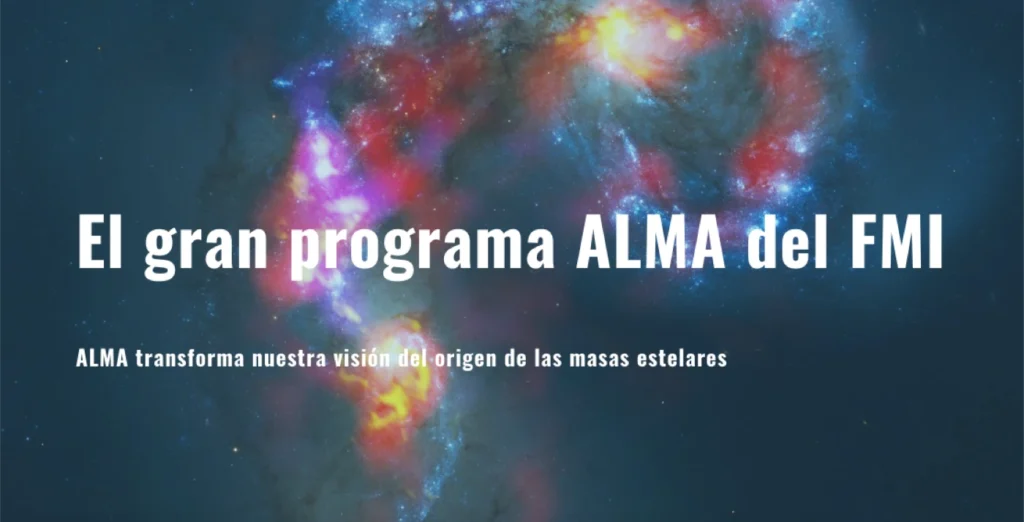
ALMA-IMF - The ALMA Large Program on the IMF
The number of stars born with a given mass, known as the initial mass function (IMF), is one of the few key parameters that transcend astrophysical fields. It is of utmost importance for current theories ranging from cosmology to stellar physics and exoplanets. The IMF is considered to be universal in virtually all environments…
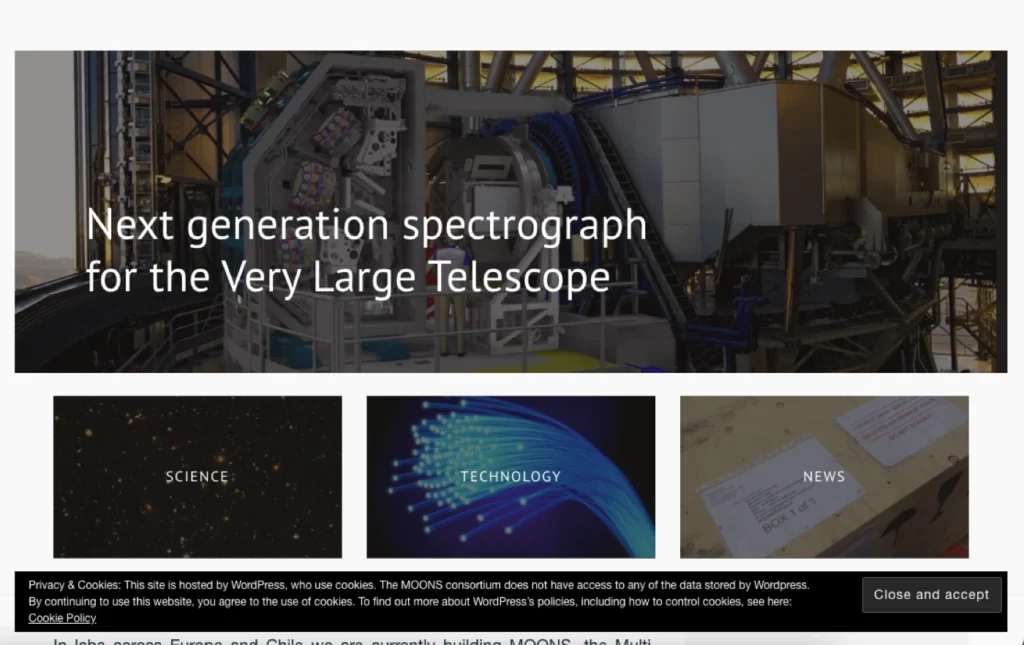
MOONS - Multi-Object Optical and Near-Infrared Spectrograph
In laboratories across Europe and Chile, we are currently building MOONS, the Multi-Object Optical and Near-Infrared Spectrograph. In a few years, this extraordinary instrument will become the next-generation spectrograph for the Very Large Telescope (VLT) of the European Southern Observatory…
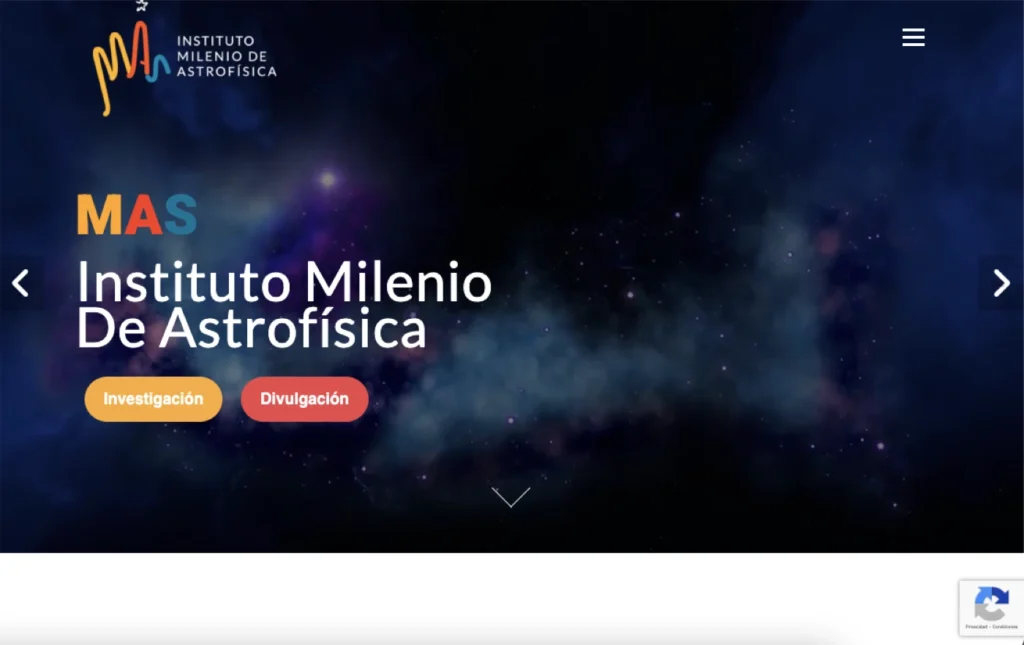
MAS - Millennium Institute of Astrophysics
The Millennium Institute of Astrophysics (MAS) brings together an interdisciplinary team of researchers from five prestigious Chilean universities: the University of Chile, the Pontifical Catholic University of Chile, the University of Valparaíso, the University of Concepción, and the Adolfo Ibáñez University. It also has an extensive collaboration network…

GBS - Gaia FGK Benchmark Stars
The Gaia FGK Benchmark Stars are a common set of calibration stars covering different regions of the HR diagram and spanning a wide range of metallicities. We have created a homogeneous library in the visual range (480-680 nm) of high-resolution, high signal-to-noise ratio (S/N) spectra corresponding to the 34 benchmark stars…
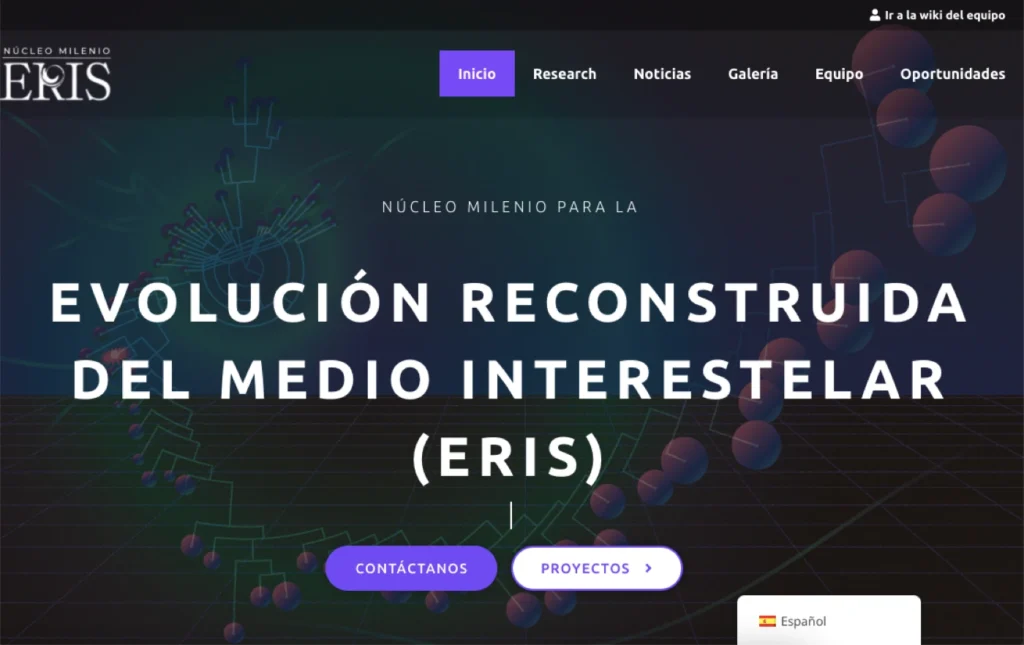
ERIS - Reconstructed Evolution of the Interstellar Medium
With ERIS, our goal is to reconstruct the evolution of galaxies like the Milky Way using phylogenetic trees, which are already widely used in evolutionary studies in biology. Since trees are mathematical structures and graphs, ERIS is fostering an interdisciplinary collaboration between astronomers, biologists, and…
